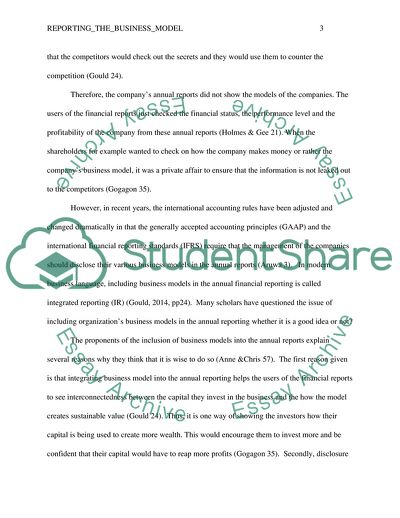Cite this document
(Reporting the Business Model Essay Example | Topics and Well Written Essays - 1500 words, n.d.)
Reporting the Business Model Essay Example | Topics and Well Written Essays - 1500 words. https://studentshare.org/finance-accounting/1852574-reporting-the-business-model
Reporting the Business Model Essay Example | Topics and Well Written Essays - 1500 words. https://studentshare.org/finance-accounting/1852574-reporting-the-business-model
(Reporting the Business Model Essay Example | Topics and Well Written Essays - 1500 Words)
Reporting the Business Model Essay Example | Topics and Well Written Essays - 1500 Words. https://studentshare.org/finance-accounting/1852574-reporting-the-business-model.
Reporting the Business Model Essay Example | Topics and Well Written Essays - 1500 Words. https://studentshare.org/finance-accounting/1852574-reporting-the-business-model.
“Reporting the Business Model Essay Example | Topics and Well Written Essays - 1500 Words”. https://studentshare.org/finance-accounting/1852574-reporting-the-business-model.


